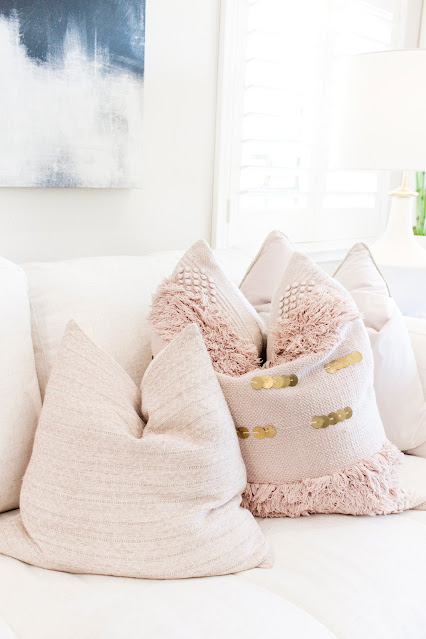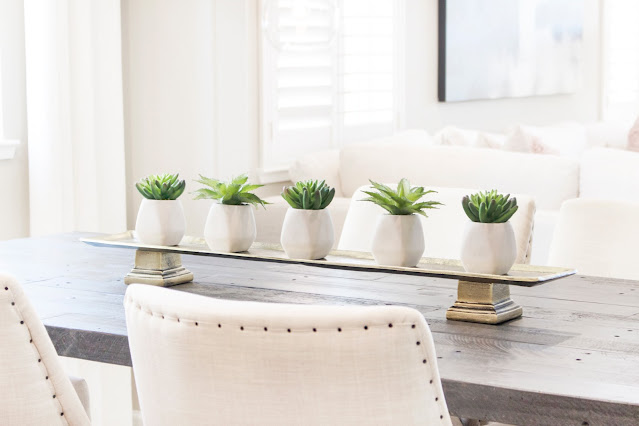It's the eternal question for home owners and interior designers, just how can you make a room look bigger?
Whether you want to make a small room feel larger or just want to make your average blank space look bigger, there are tricks you can use.
Here we look at 3 ways to trick the eye and make a room feel and look bigger.
How to Make Your Rooms Look Bigger
From the colours you use, the furniture you choose and where it is placed, to the window dressings, or lack of them, and the accessories you add to your space, every decision counts in the quest to make a room look bigger.
Read on for 3 interior designer inspired tricks:
1. Use Light Colours
Lighter paint colours will always make a room look larger and brighter.
The optical illusion is caused because the walls become more reflective, making your space feel more open and airy.
This helps to maximise natural light and bounce it around the room.
Mirrors do the same thing, which is why people often advise adding mirrors to small spaces.
Pale blues, greens and soft off-whites are the best colours for maximising light, as residents of the Nordic countries know best.
By contrast, darker shades absorb light and make a room feel smaller.
To harness the effect of light, bright colours even more, paint any mouldings, coving or picture rails a lighter shade than your walls.
This will make the walls appear even further back, making your room seem even bigger.
Continue the pale into your fabrics and upholstery too, especially if you have any heavy furniture in the room.
2. Opt for Shutters
Another way to let the most light in is to clear your window frames.
Ditch those dark, heavy curtains to maximise the full width of your windows, and get rid of those sprawlign across the floor drapes to make your room seem even bigger.
Instead, add a decorative window covering, like premium wooden shutters which will help cut back on a cluttered feel as well as maximising light in the room.
Shutters are custom-made to fit the exact window shape, meaning they fit seamlessly within the window frame.
Shutters look modern and stylish as well as adding privacy and helping to reduce noise.
Shutters are fitted within the recess of a window so they sit flush, unlike more traditional curtains.
This creates blank space around and either side of the window so more wall and floor space shows, making the room look more spacious.
3. Keep It Simple
To maximise the feelign of space in your room, keep everything as simple as possible.
Ditch the print, get rid of excess furniture and clear the clutter.
Get your stuff organised behind closed doors or drawers and carefully edit what is on display to make the room feel as airy as possible.
Open up the room by keeping furniture out to the sides, but don't be tempted to opt for several clustered pieces of small furniture when one or two larger pieces would do.
Remember, the more floor space you can see, the bigger the room will appear.
The main thing to remember is that small spaces are all about editing.
The more patterns or possessions you have in a room, the more cluttered it will feel.
Group items or art together in one or two places and leave clear surfaces or walls everywhere else to convey the illusion of space.
Creating the illusion of more space in a smaller room is essentially about two things: maximising the amount of light and creating a sense of openness and free movement.
By using light colours on walls and in your decor, maximising the light in the room by ditching your curtains in favour of shutters and keeping things simple by decluttering and carefully editing what is in the room, you will easily make the most of the space you have.
And create that all important illusion of space, too.
This post contains product and service links for your convenience. By clicking on these links I may earn an affiliate commission at no additional cost to you. As an Amazon Associate I earn from qualifying purchases. I only suggest resources and items I believe in and highly recommend. Find out more on our Disclosure page.







